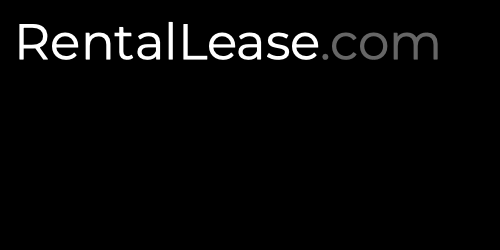Maine Sublease Agreement Template
Try Other Programs
The Connecticut Standard Residential Lease Agreement is a document that enables a landlord and a tenant to come to terms regarding the use of residential property in exchange for monthly rent payments. This is a fixed-term lease, usually lasting one (1) year before renewal is necessary. Due to the comparative lack of flexibility in the standard lease agreement, it is recommended that landlords screen potential lessees to determine whether they are responsible enough to occupy the space. This filtering process can…
The Pennsylvania month-to-month lease agreement is a rental contract establishing a more interim arrangement between a landlord and a tenant. The two parties will negotiate the terms of the rental agreement with no specific termination date in mind. This means that, as long as either party does not send written notice within thirty (30) days, the agreement shall be perpetual. It is just as important, if not more so, for the landlord to have the tenant complete a rental application…
The Texas month-to-month lease agreement often referred to as a “Tenancy at Will,” allows an individual to rent residential property without a specific end-date. In other words, the rental arrangement between the landlord and tenant will remain in perpetuity until either the lessor or lessee sends notice to terminate the agreement. All other aspects of this lease agreement are the same as any standard residential contract. Once a landlord has accepted an applicant as a tenant, they will present this…
A New York commercial lease agreement establishes a landlord-tenant relationship that involves the use of rental space by an individual or entity operating in a commercial capacity. When selecting a lessee, the landlord’s first objective is to determine if the applicant would be a suitable tenant. The landlord will usually ask the individual or entity to fill out a rental application to obtain their current income profile, past income and corporate tax filings, and references (previous landlords). The landlord should…
The Colorado Standard Residential Lease Agreement is a document that enables a landlord and tenant to solidify an arrangement wherein the tenant rents a residential property for a one (1) year term in exchange for monthly rent payments. A longer term can be negotiated and written into the contract if both parties agree. Due to the binding nature of the lease agreement, it is recommended that the landlord screen their potential tenants through a rental application to ensure that they…





